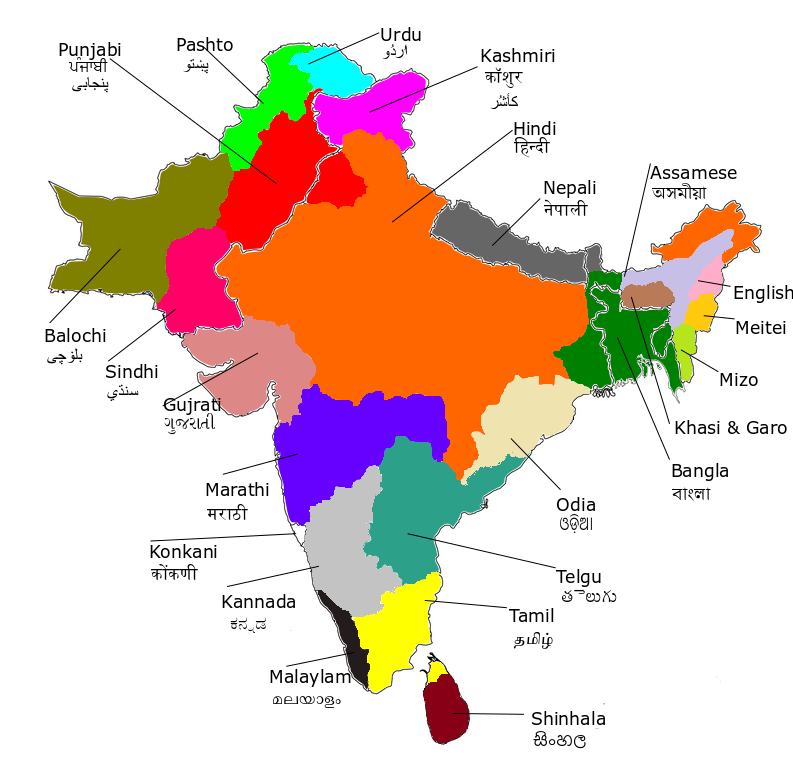USE
IN THE CLASSROOM
Harshita Mruthinti Kamath, who serves as Emory’s Visweswara Rao and Sita Koppaka Assistant Professor of Telugu Culture, Literature and History, has used the Telugu palm leaf manuscript to teach her “Introduction to South Asian Civilizations” and “Poetry of Gods and Kings: A Thousand Years of South Indian Literature” courses. In 2018-19 her students visited Special Collections at Pitts Theology Library to see the manuscript. They learned about the oral-performative dimensions of the Telugu Mahābhārata and how these texts were preserved on manuscript palm leaves.
To consider other uses in the classroom, please contact Gautham Reddy, South Asian Studies Librarian: gmreddy@emory.edu

AN EMORY STUDENT SHARES HER EXPERIENCE WORKING WITH THE PALM LEAF MANUSCRIPT
Learn more about palm leaf manuscripts with Aalekhya Malladi, a doctoral student in the Graduate Division of Religion and former South Asia student cataloger at Woodruff Library.
RESEARCH and Engagement
Hosting a digital copy of this rare manuscript through Emory Libraries has enabled scholars from around the world to study and access this text for research and teaching purposes. Recently, Professor Kamath and Gautham Reddy, South Asian Studies Librarian, examined the online manuscript with faculty from the Indian Institute of Technology, Tirupati.
For more research from Professor Kamath, please reference her essay, Three Poets, Two Languages, One Translation: The Evolution of the Telugu Mahābhāratamu
Visit the Emory Libraries Scholar Blog for more information about linguistic diversity at Emory Libraries.
Visit the Telugu Studies Blog for more information about Telugu research and scholarship research.

